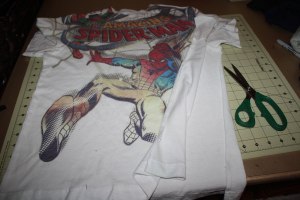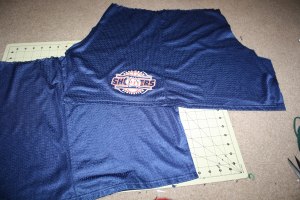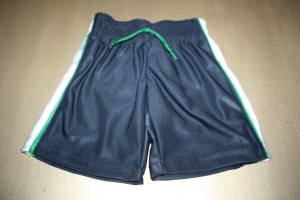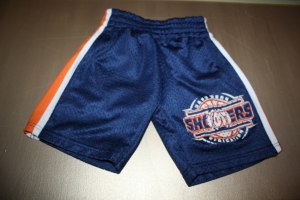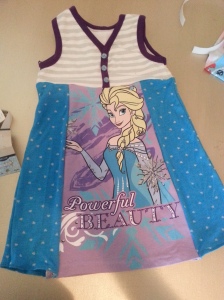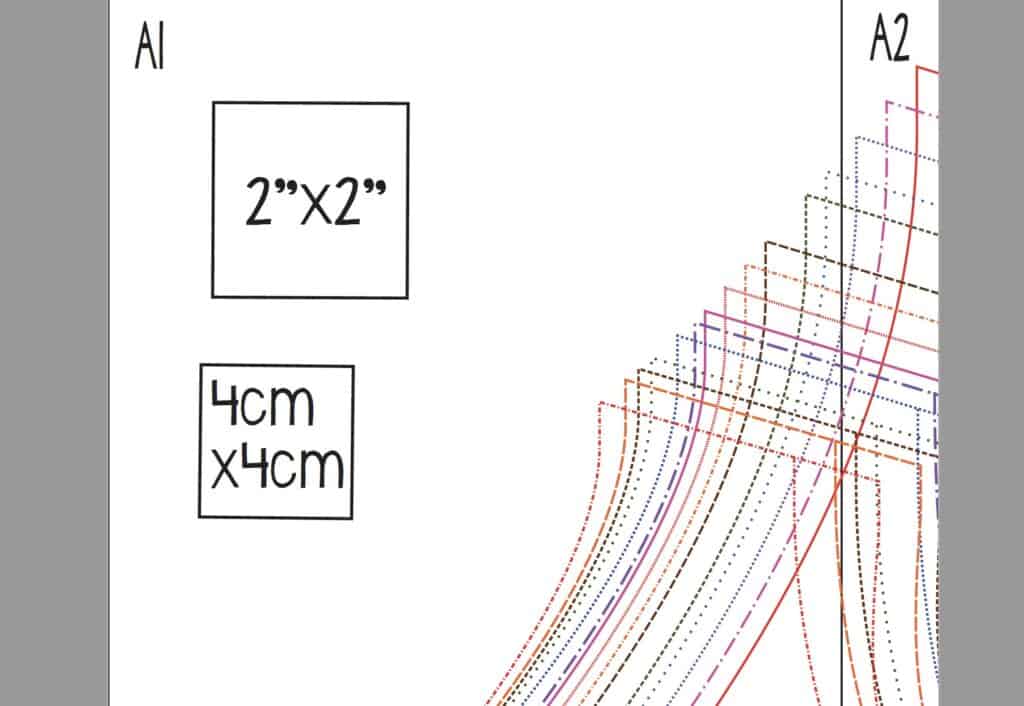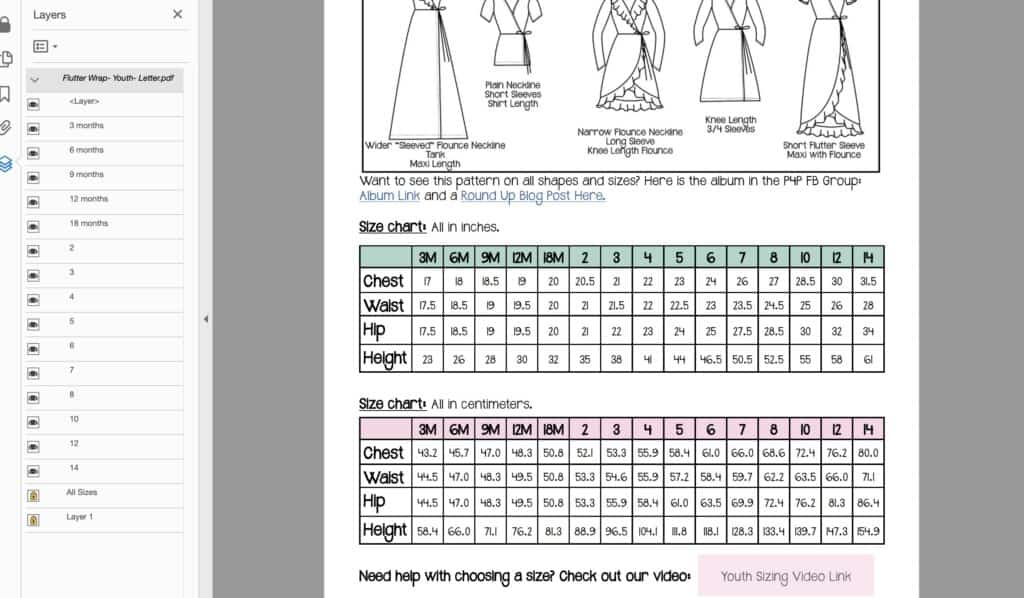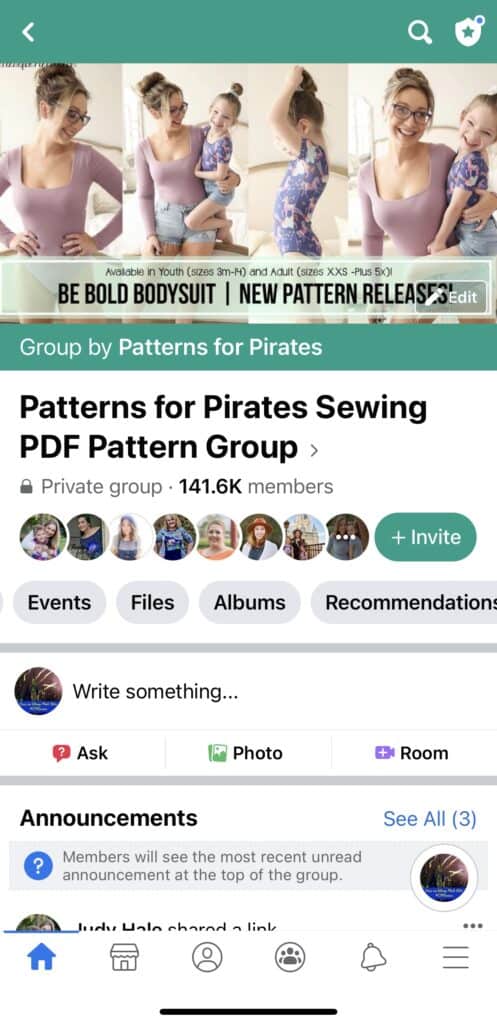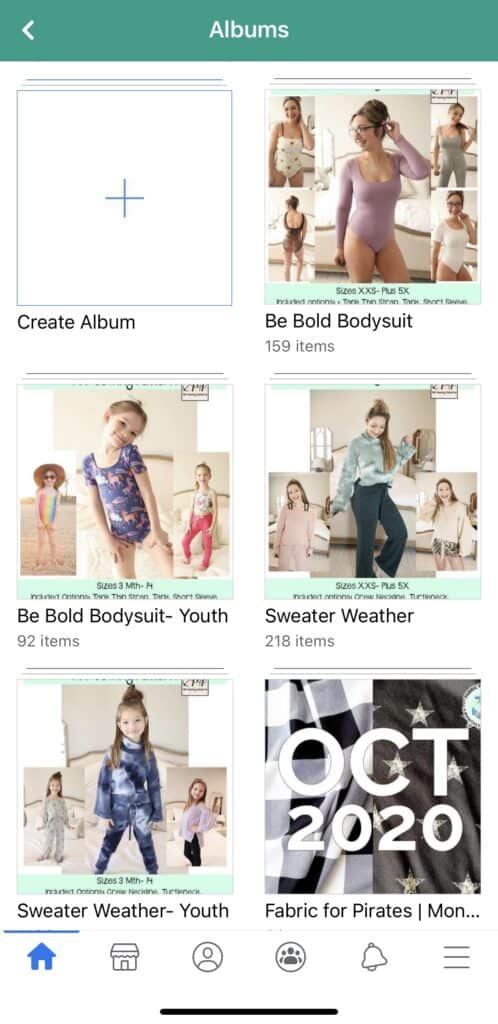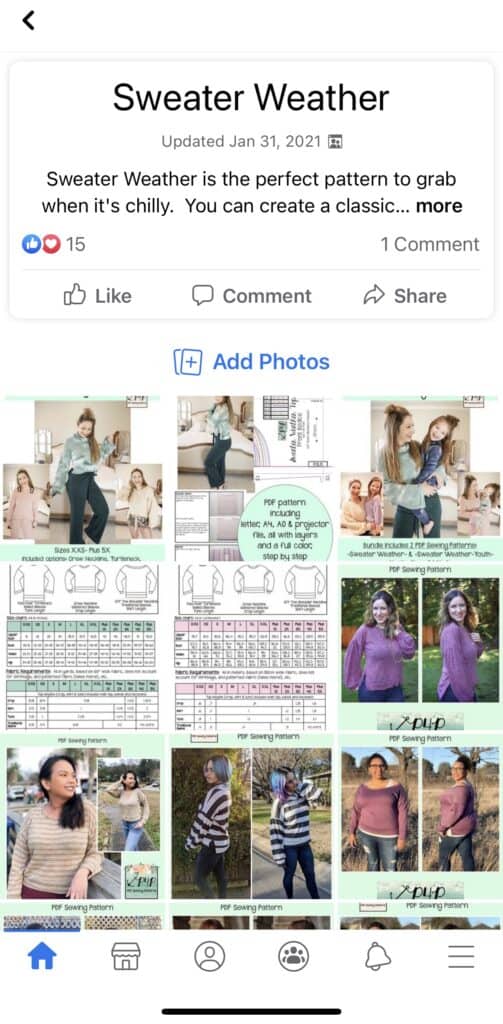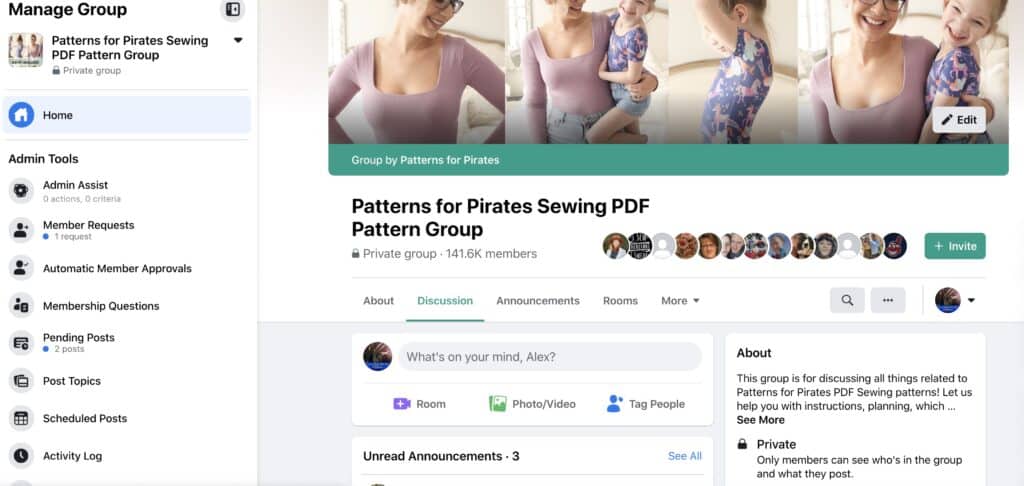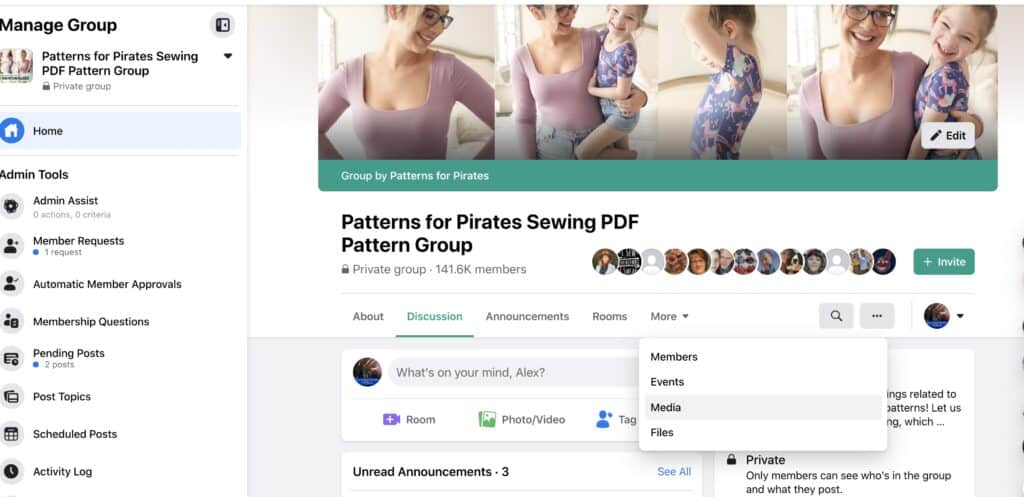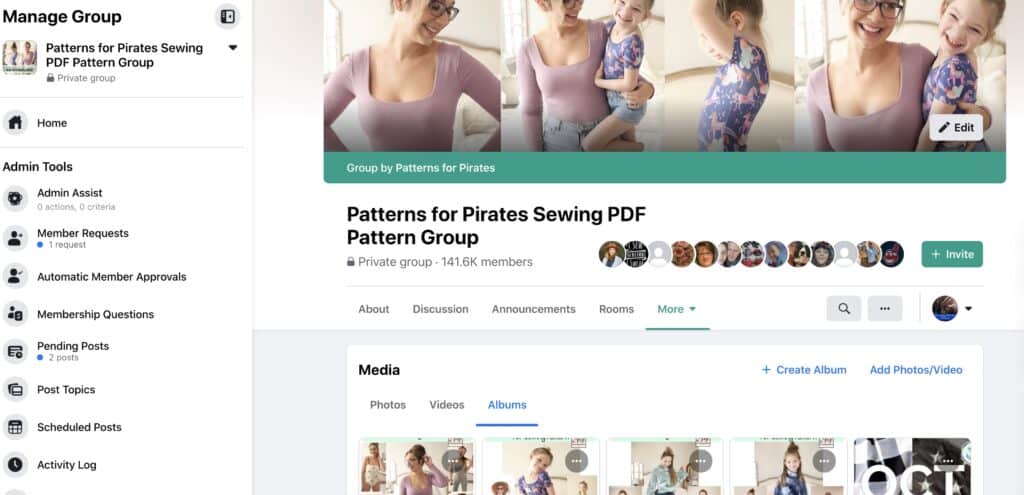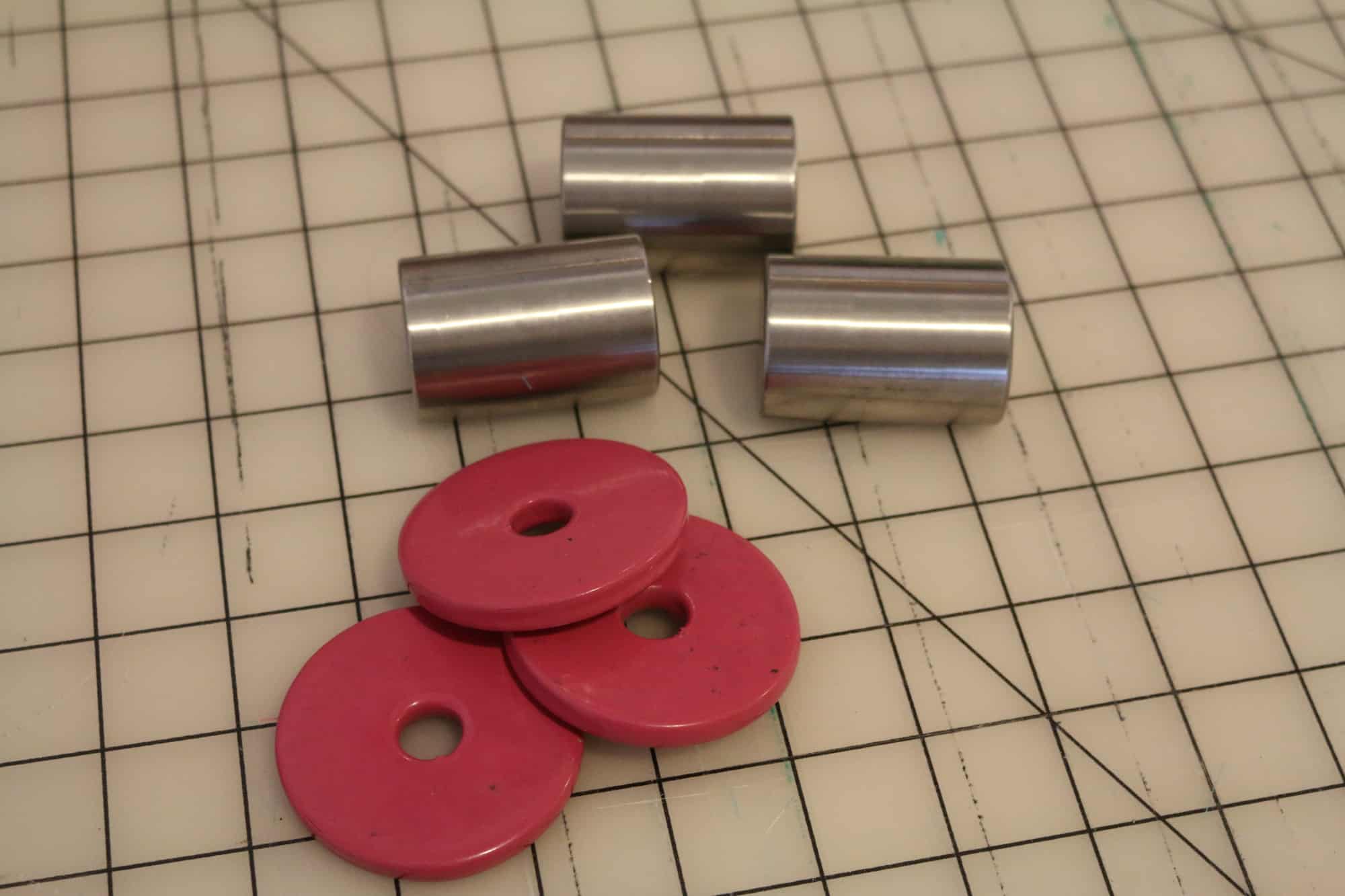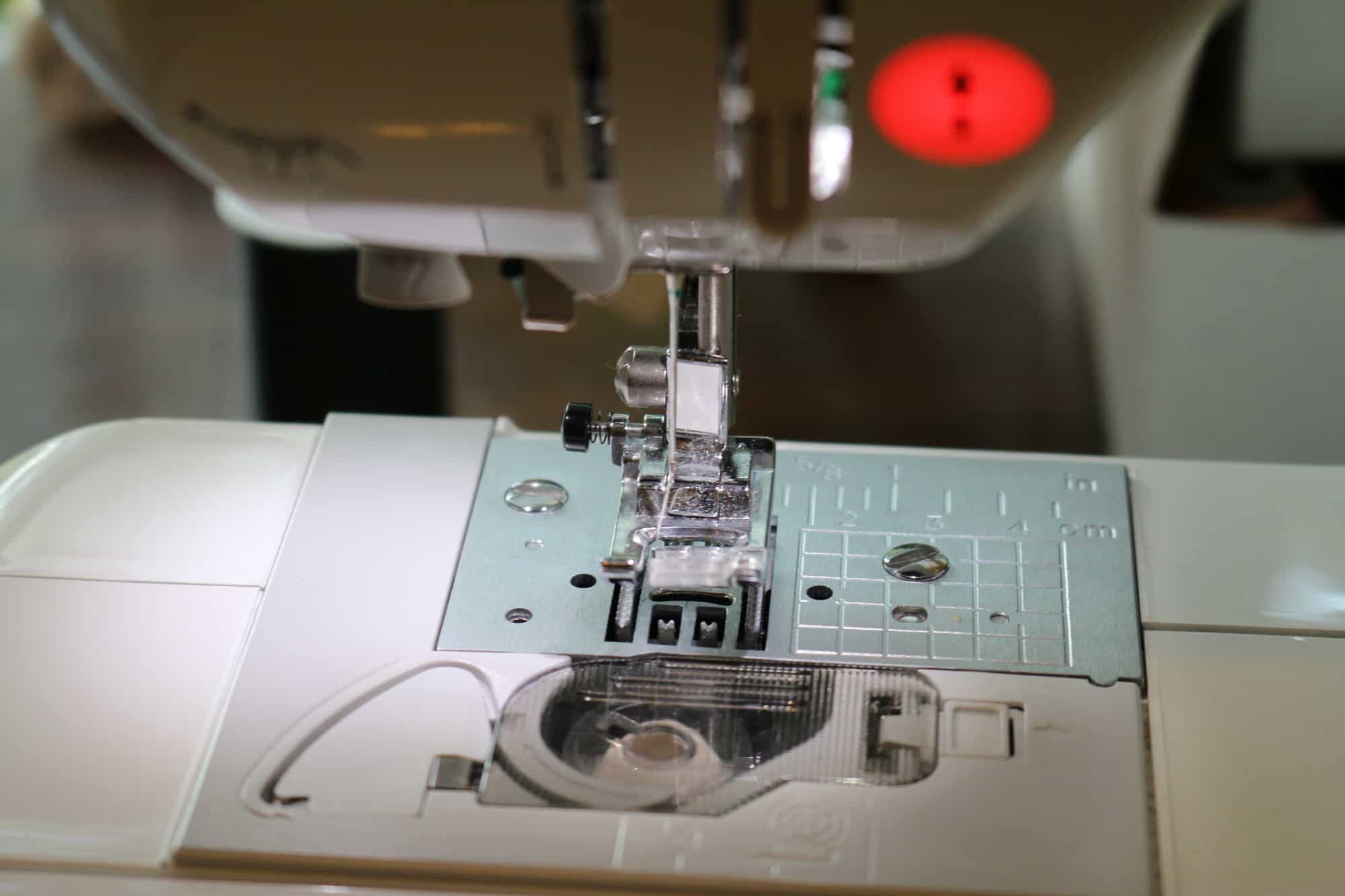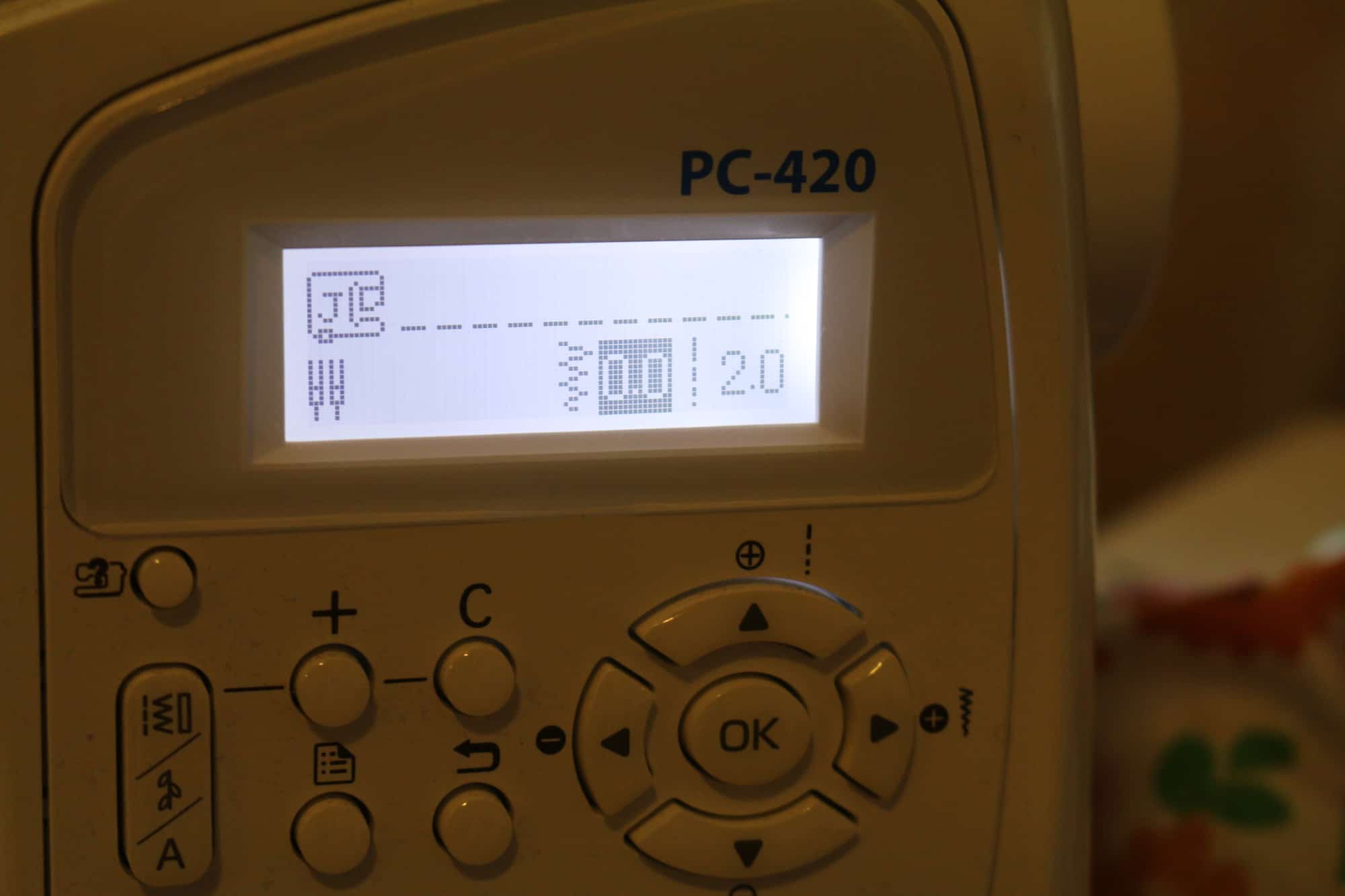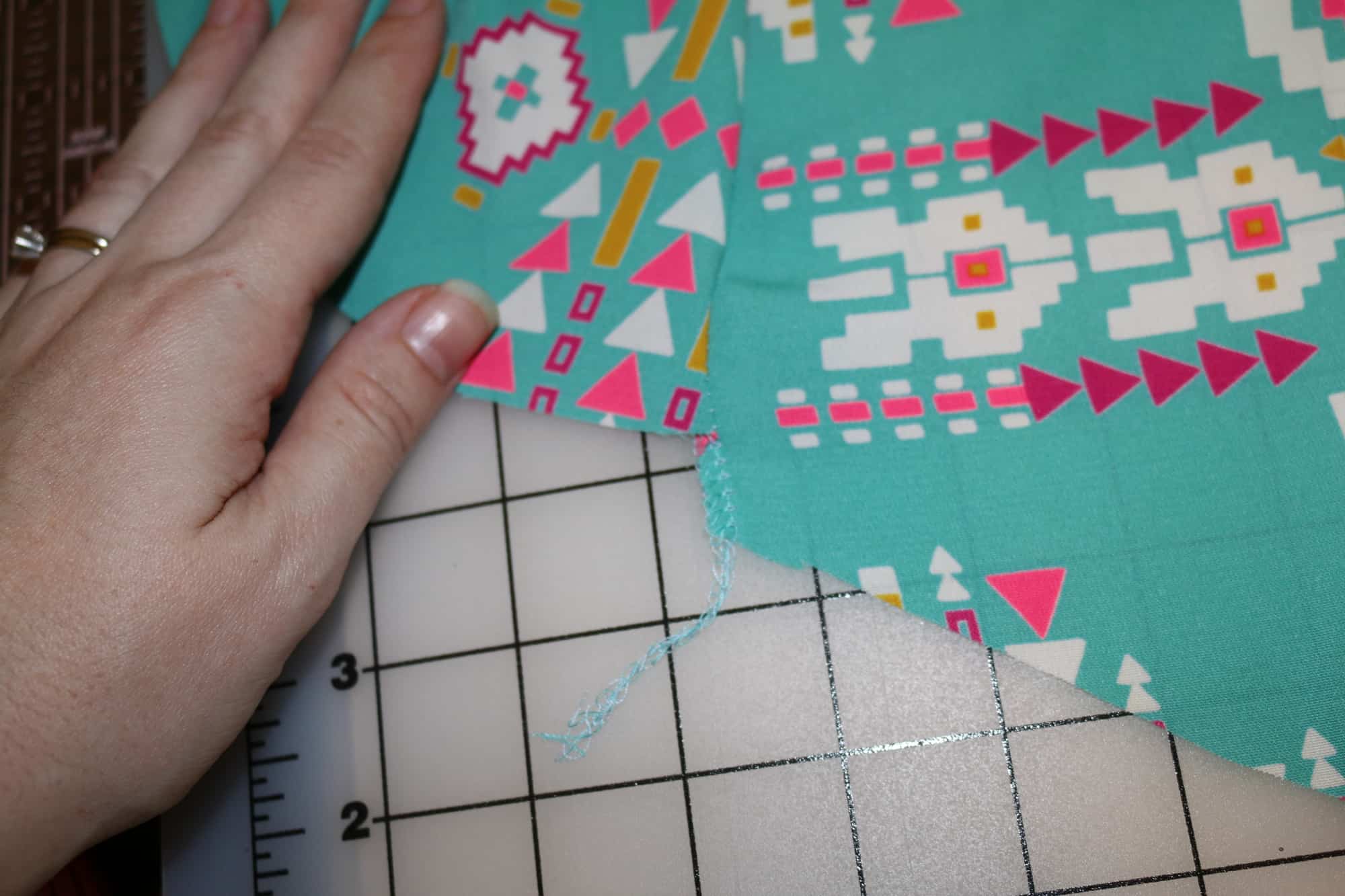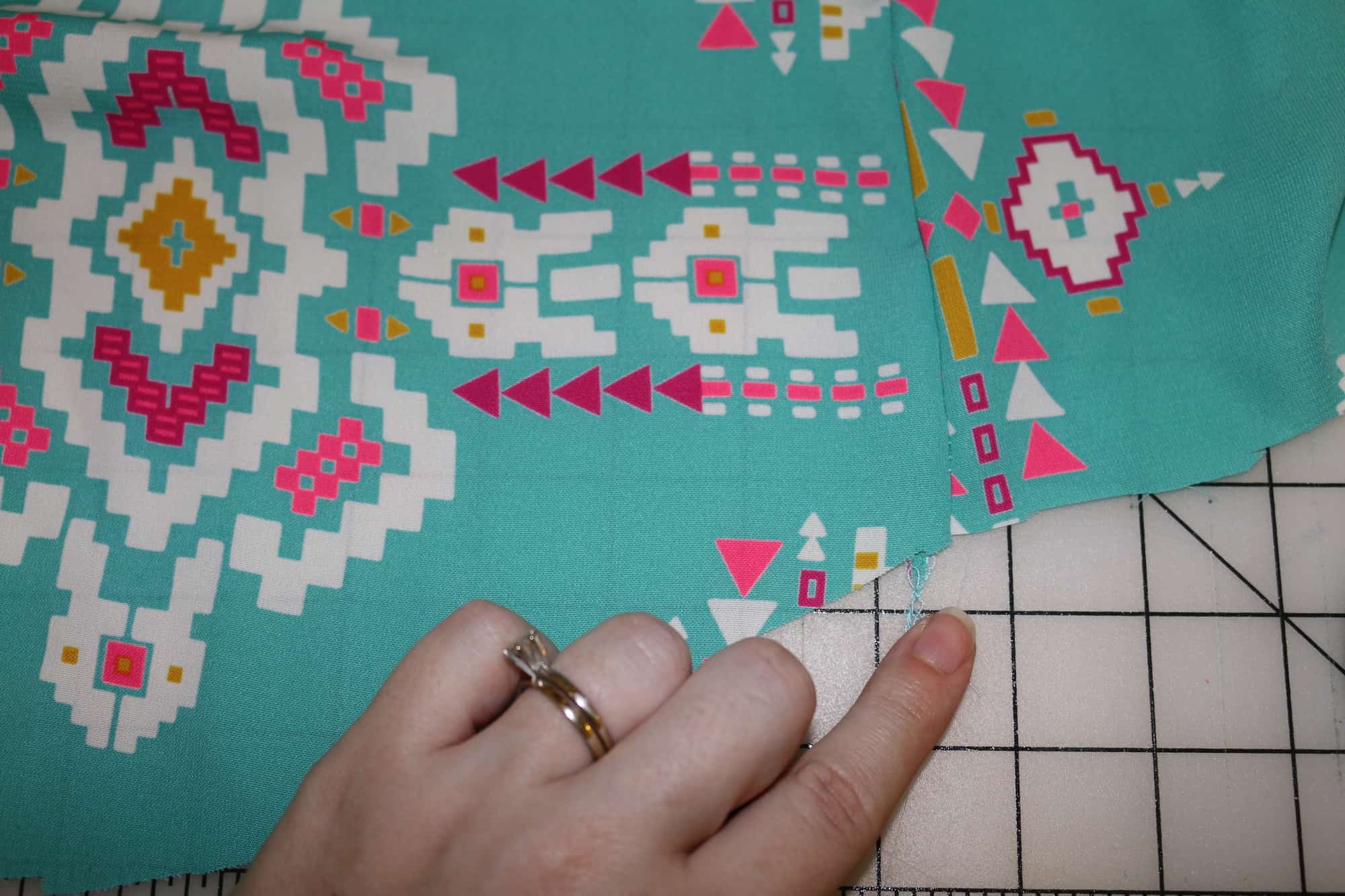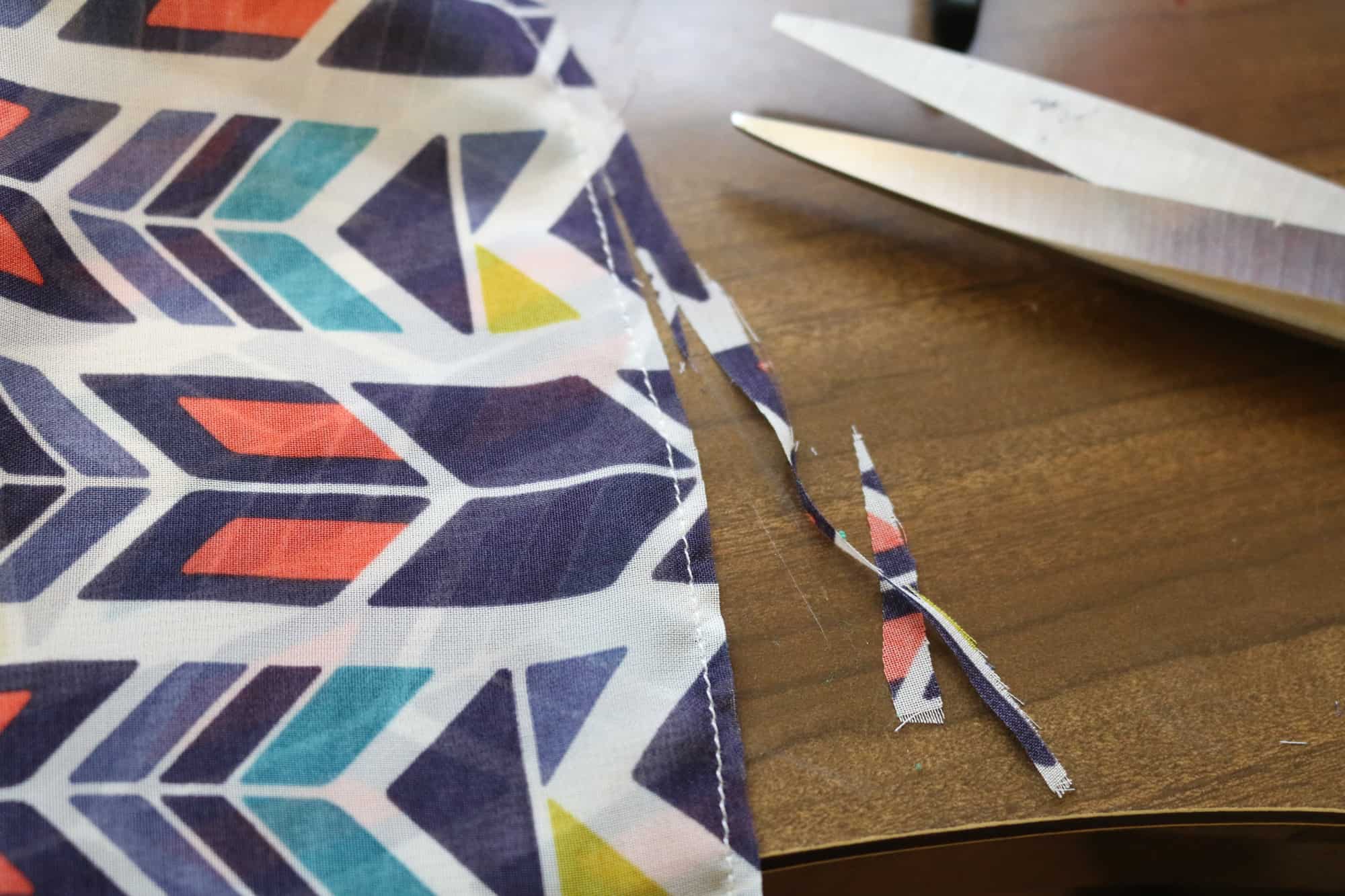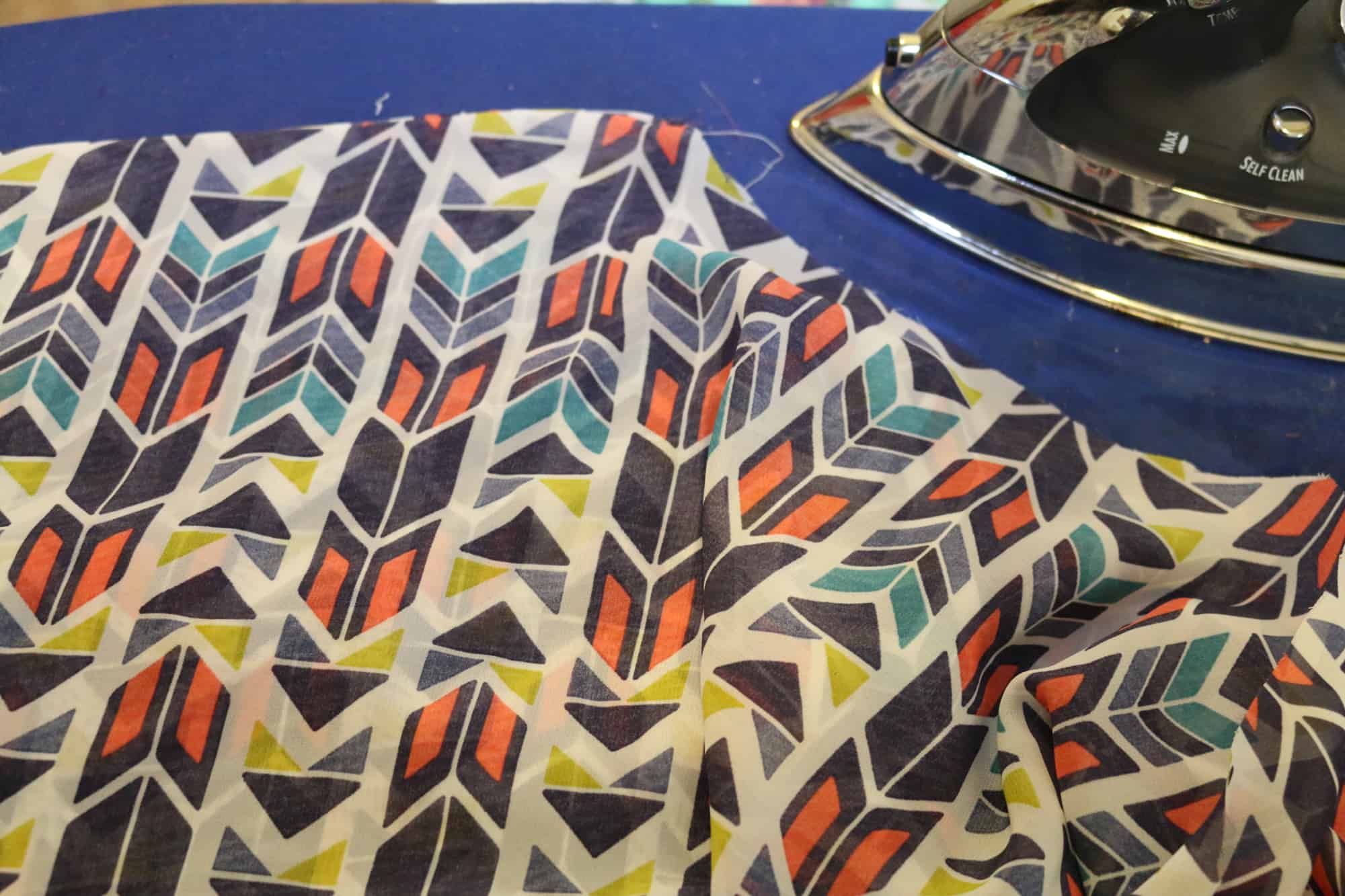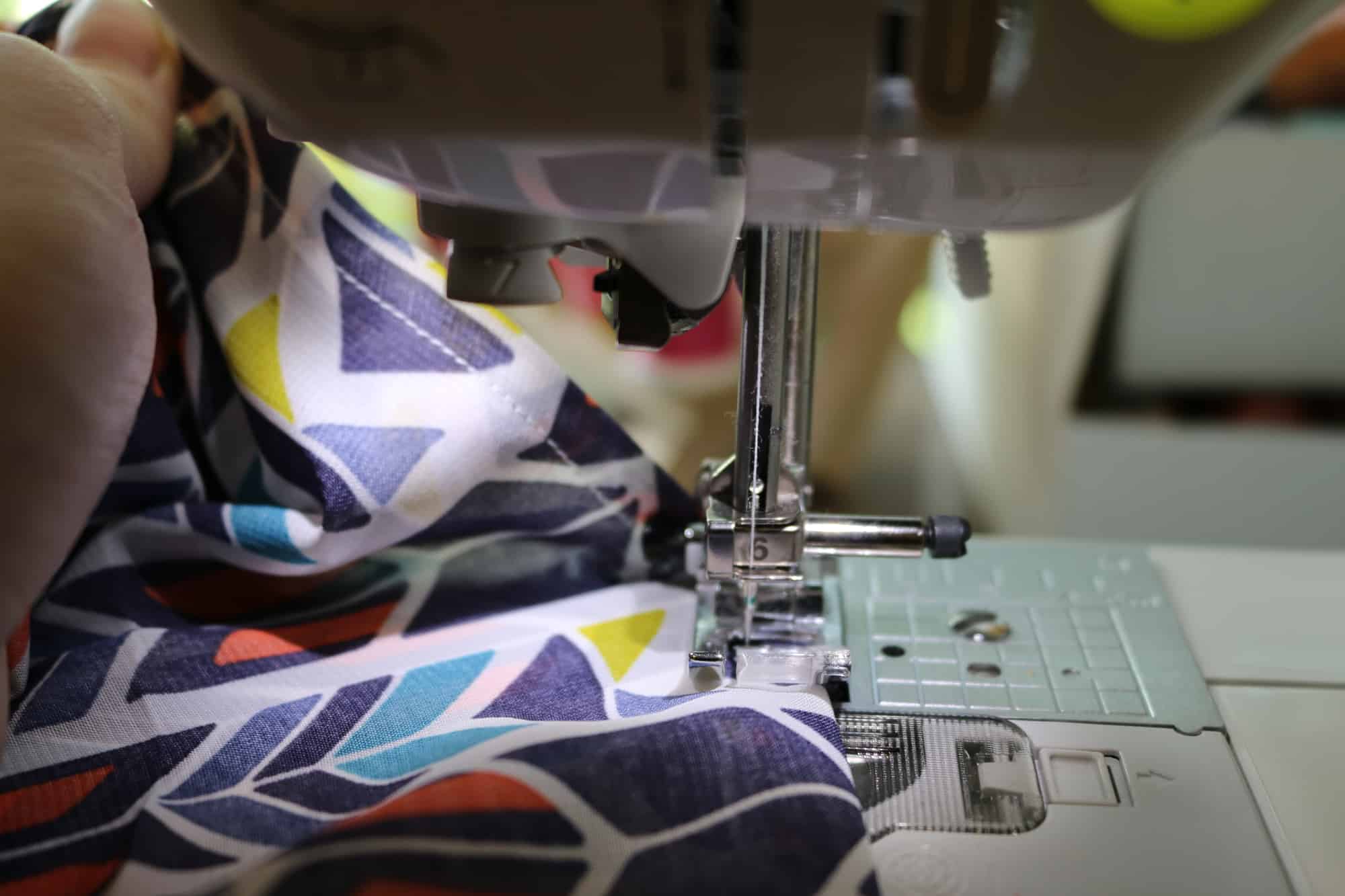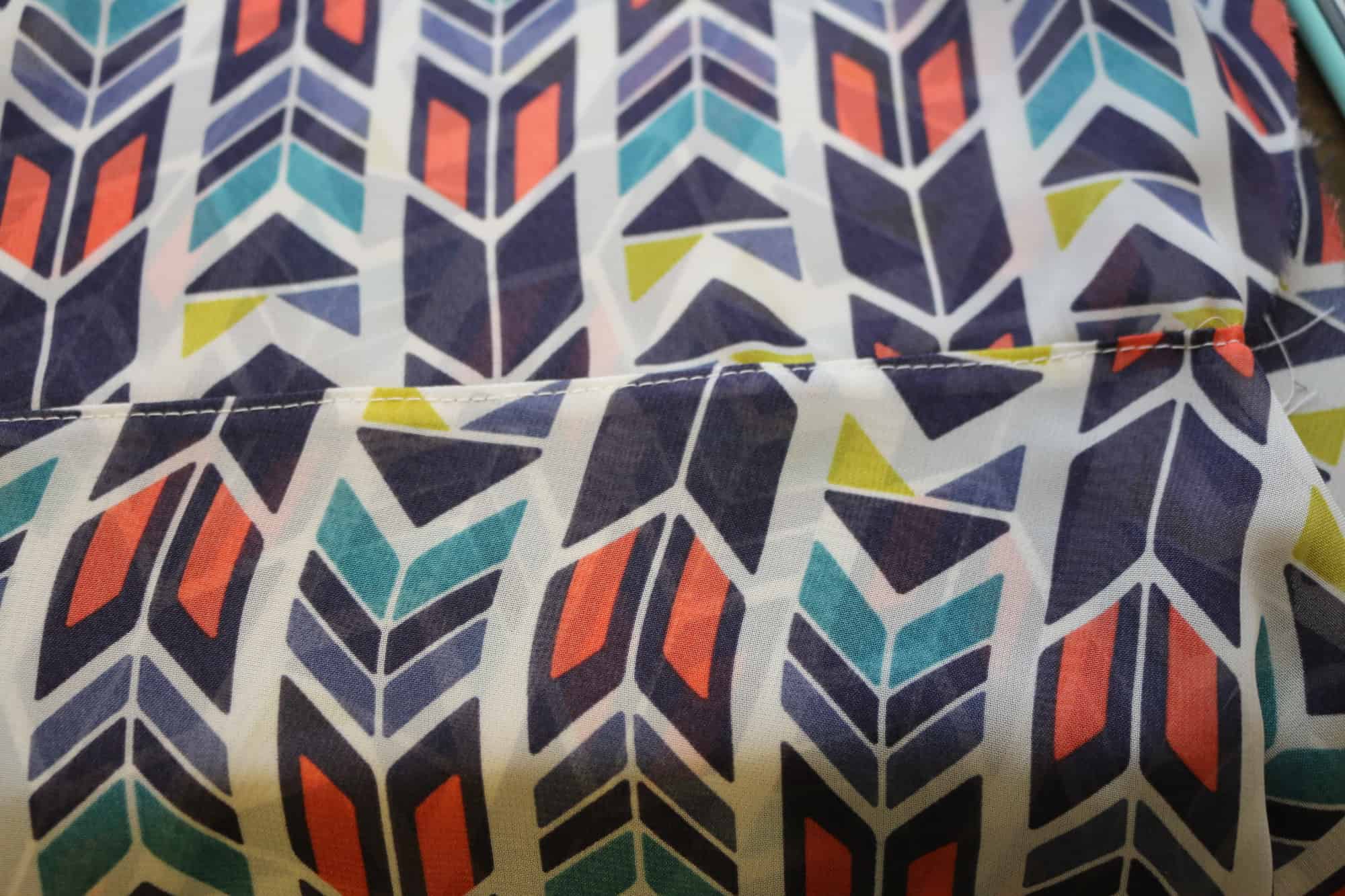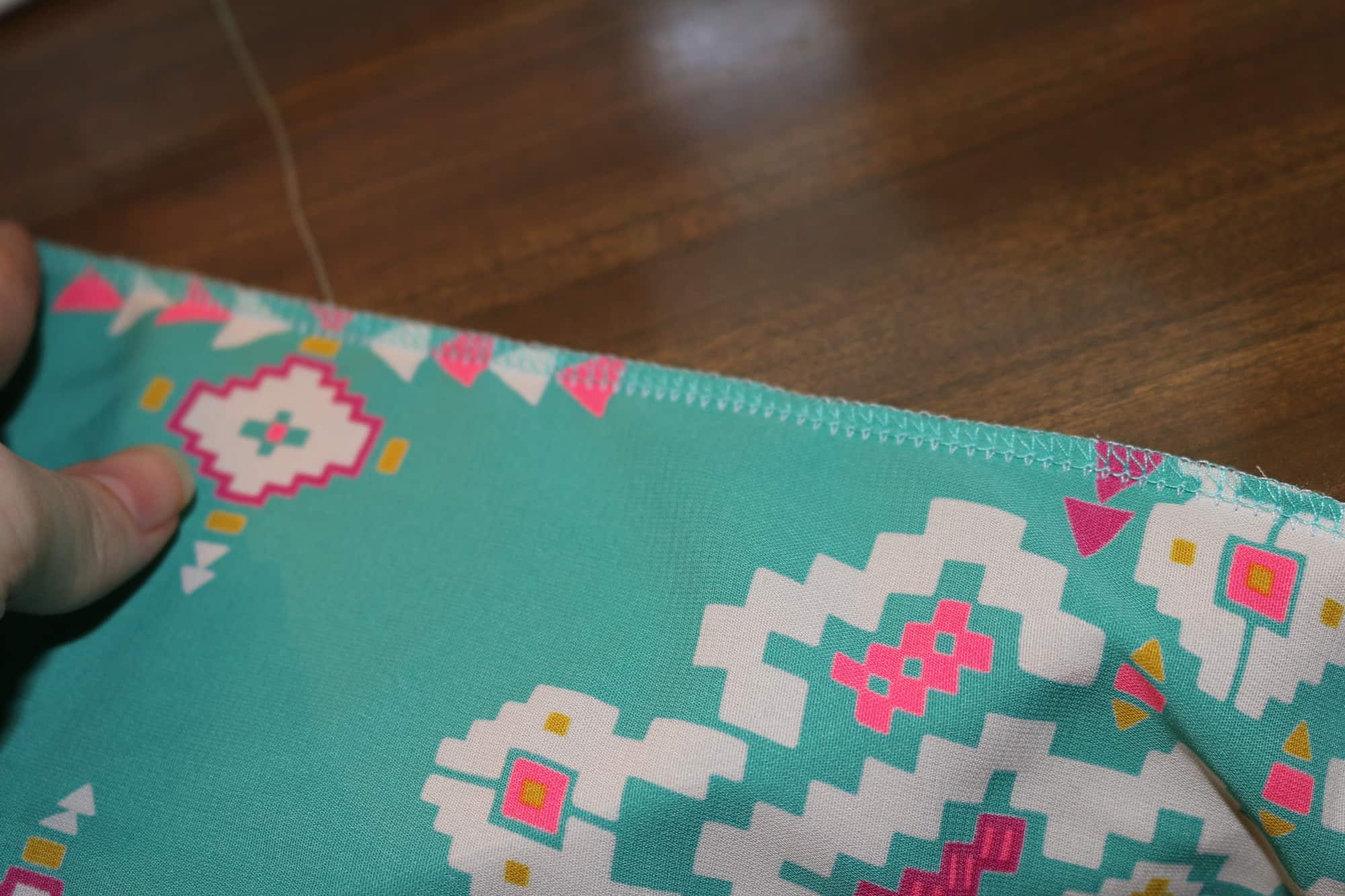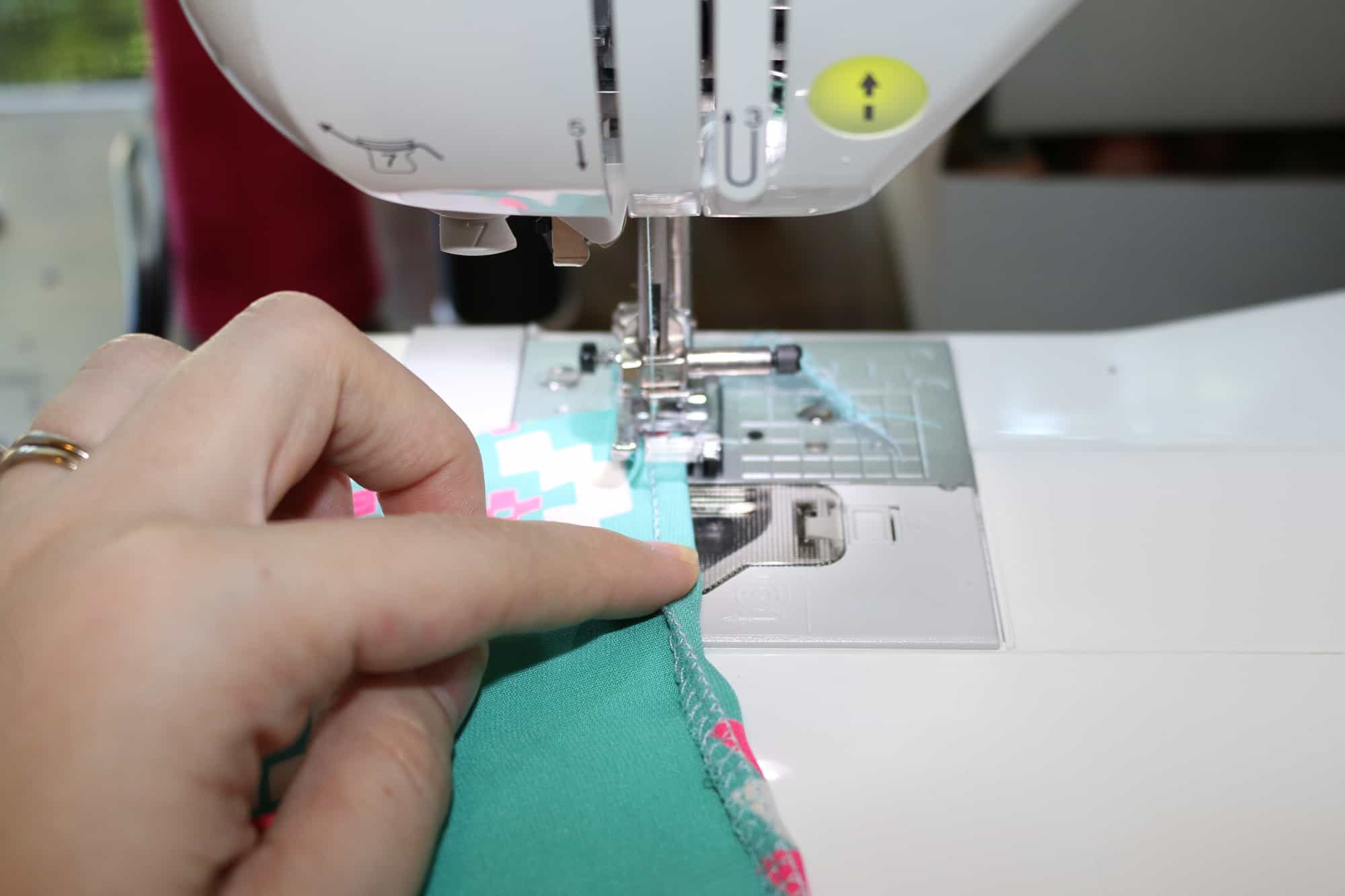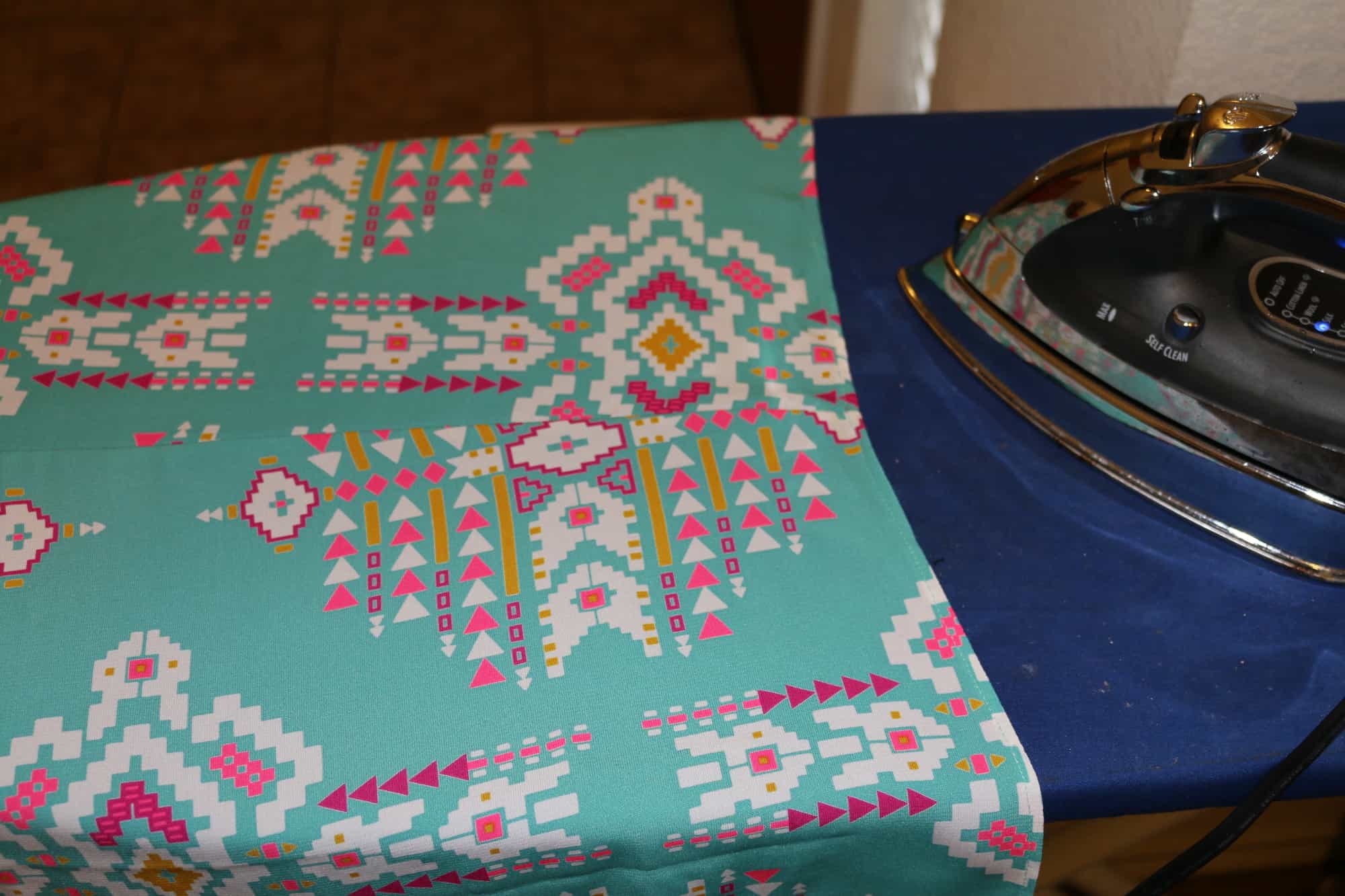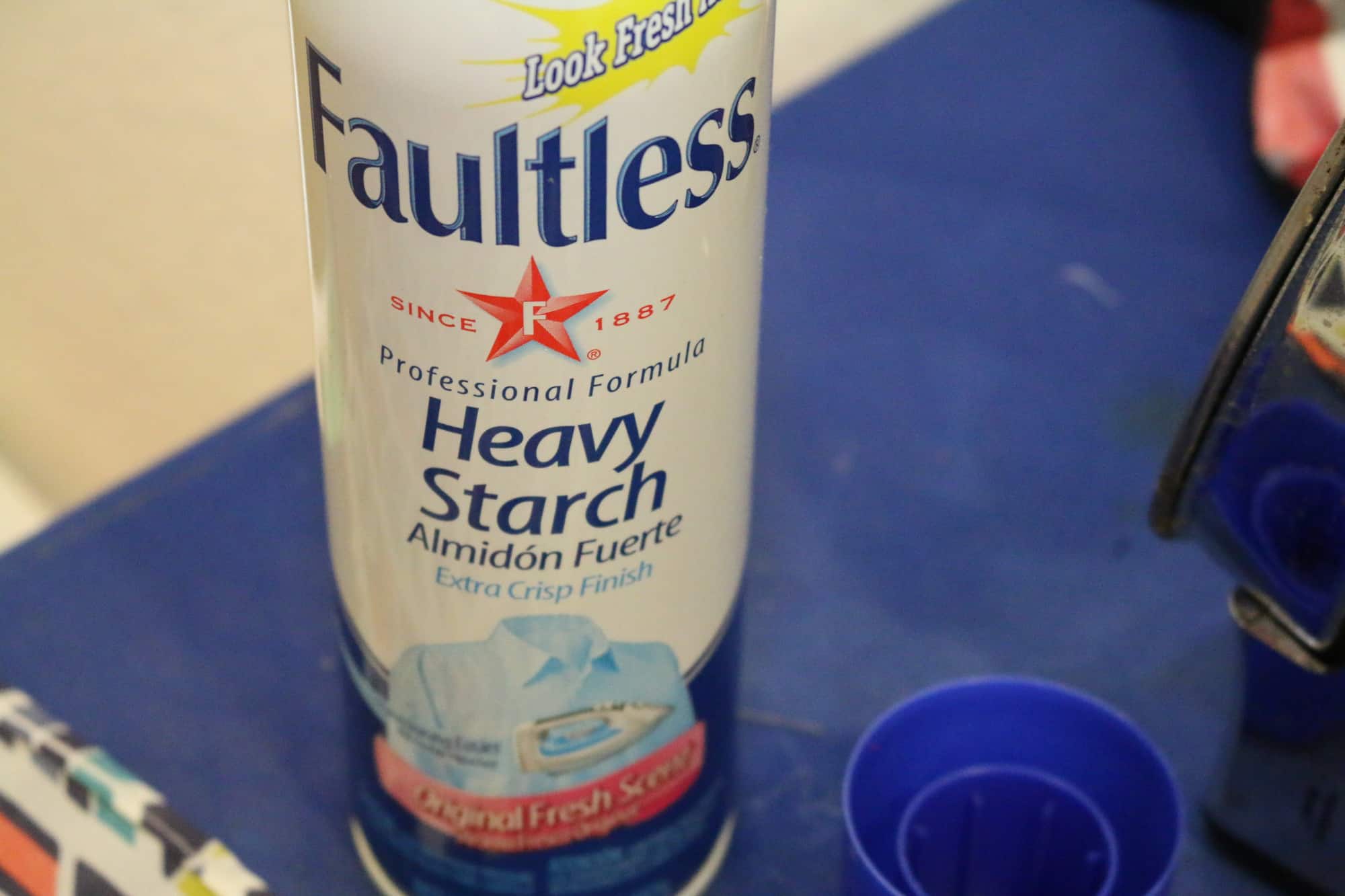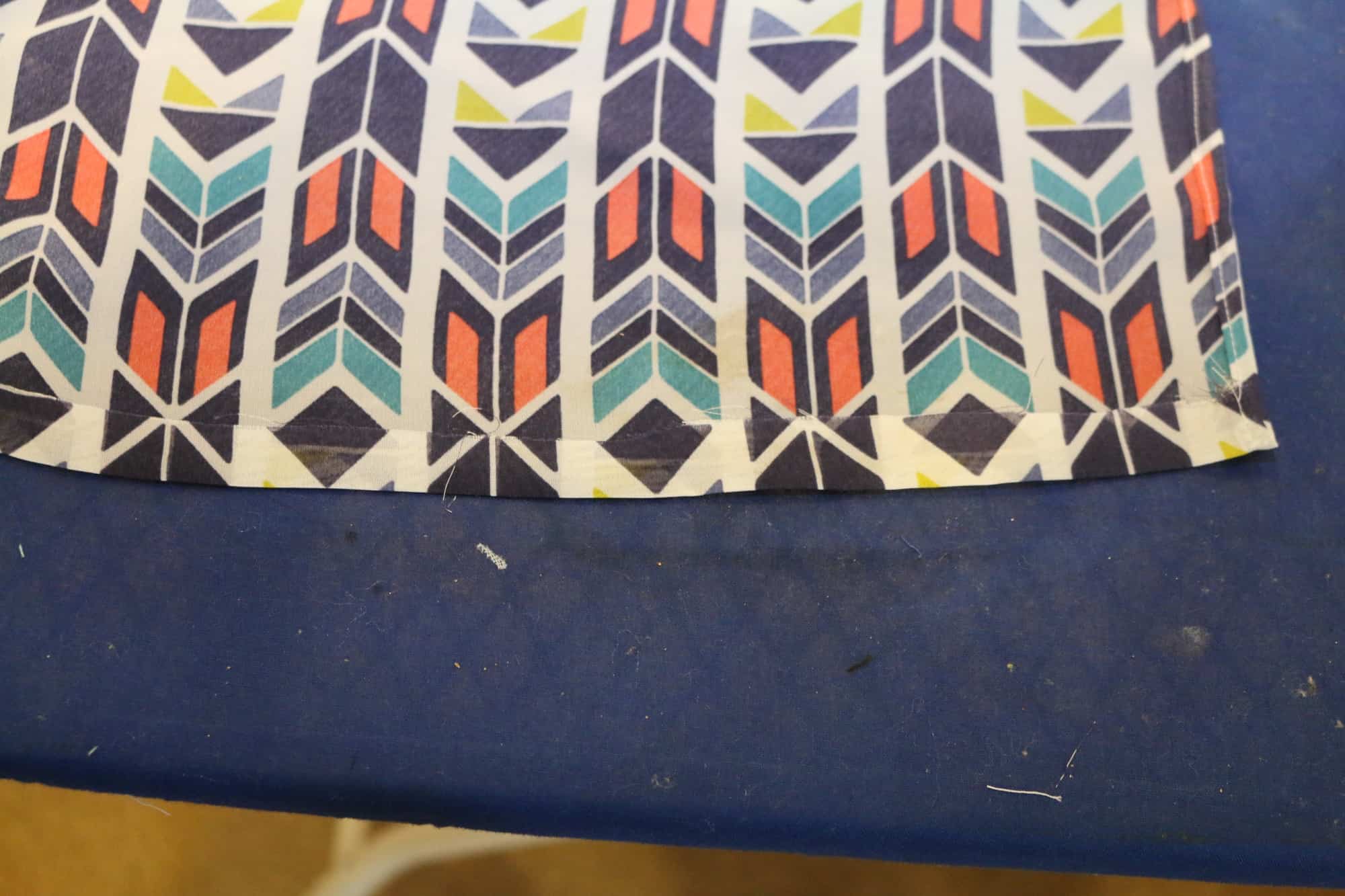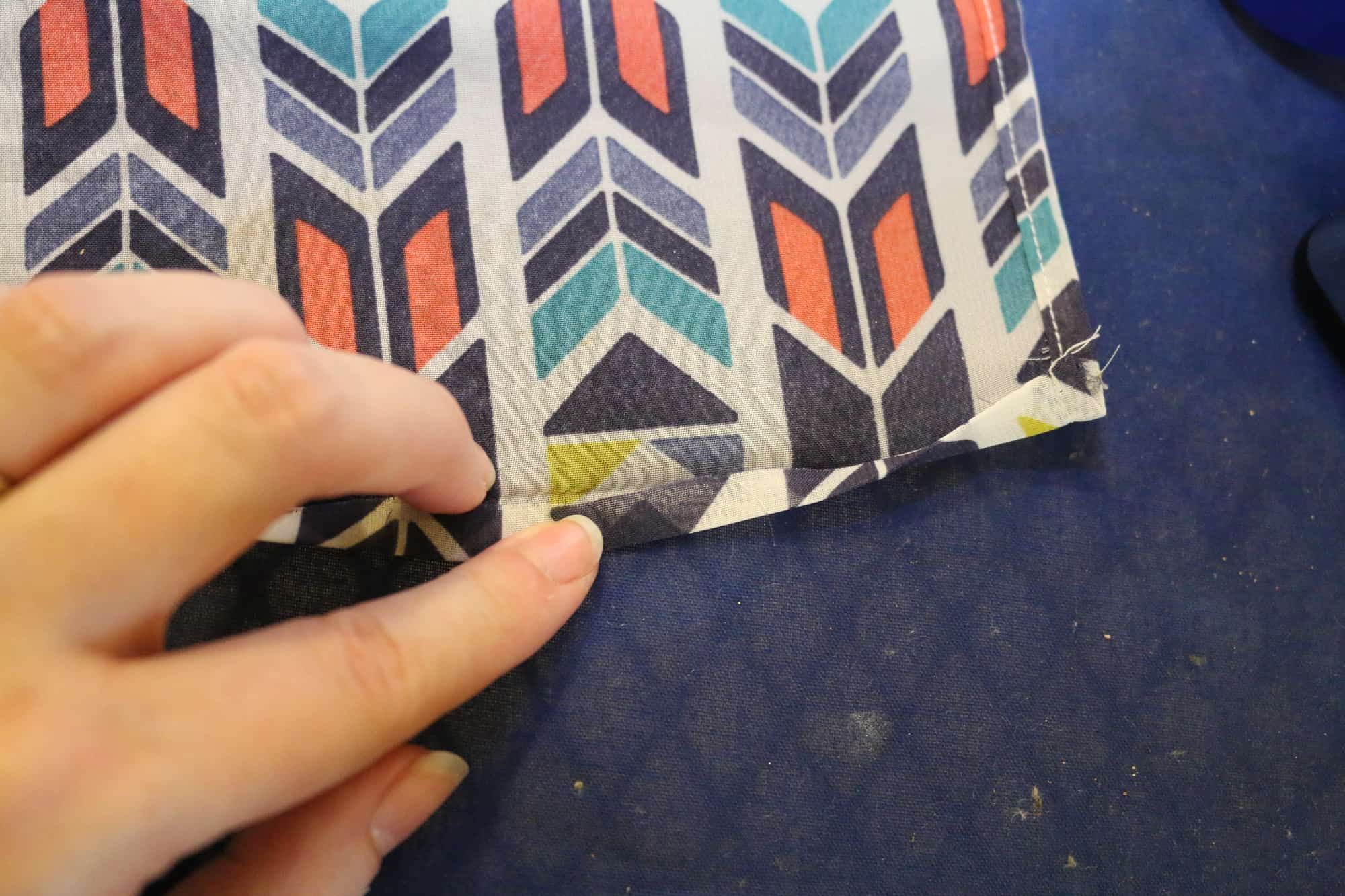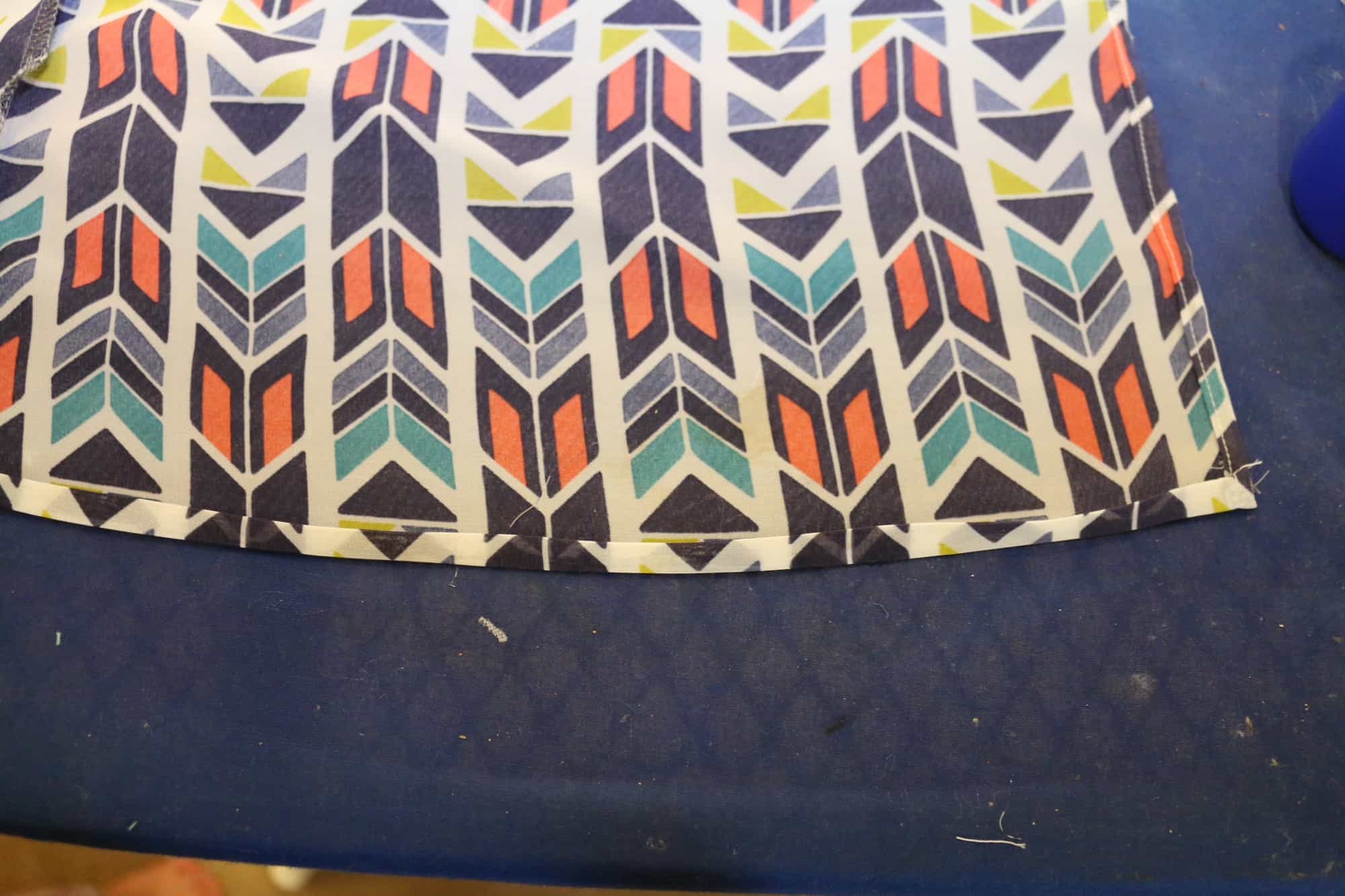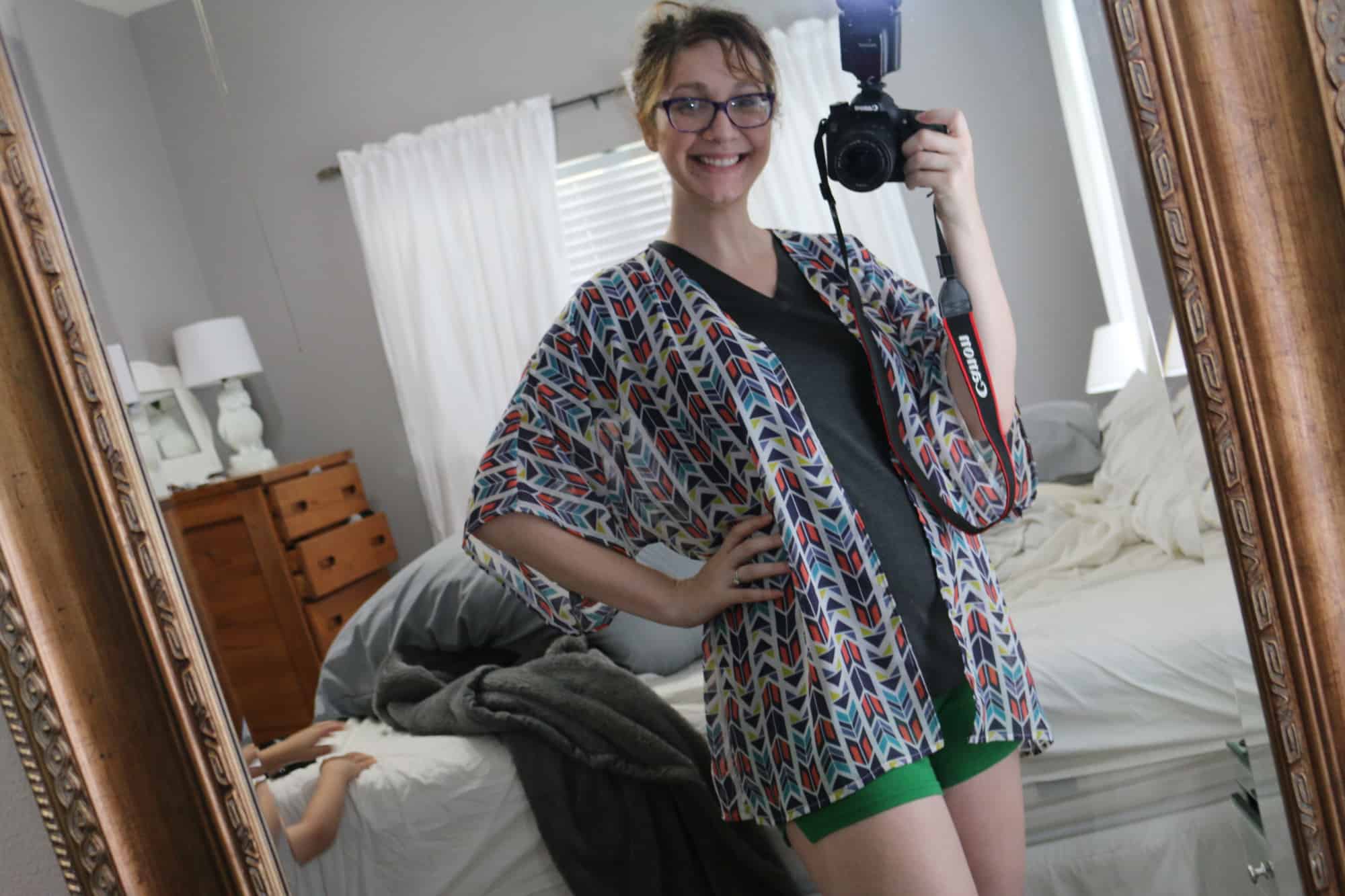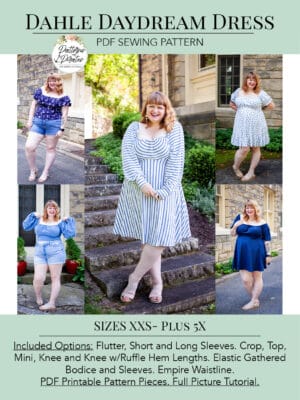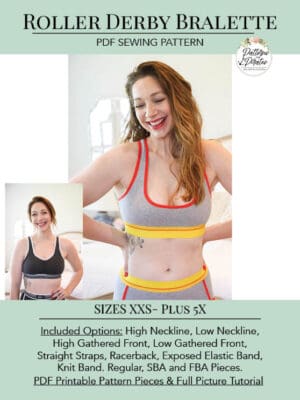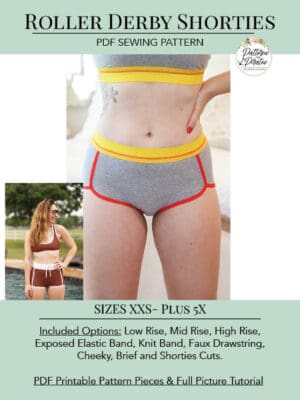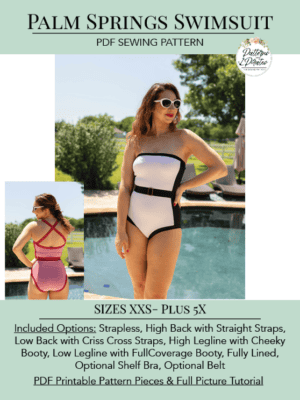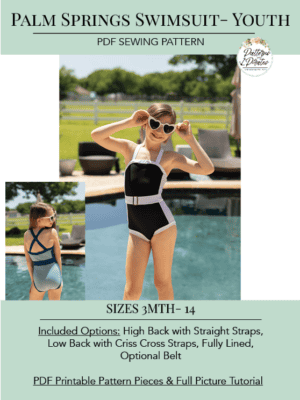As I’m approaching my very first swimsuit pattern release, I realize there will be a lot of questions about sewing swim!
So here are some bullet points you’ll need to know before you jump into your first suit! 🙂
Common Questions:
- What type of fabric do you need?
- Nylon Spandex is the traditional swim knit. There are also some polyester spandex blends that are capable of with standing the chlorine and can hold up to the activity.
- My favorite suit I made was out of supplex, a nylon spandex. I almost always use a nylon spandex rather than the poly blends, it’s just my personal preference.
- Just like all fabric types you will have a wide range of quality. Great swim knit can be a breeze to work with, while cheaper/thinner/slinkier swim knit can really test your patience ;). If you’re sewing swimwear for the first time, I’d recommend buying a good quality swim knit even if you’re nervous. It is much easier to work with!
- How can you tell if it will be easy or more difficult to work with online? Watch the weight- steer clear of lightweight, drapey descriptions and try to stick with medium weight knits.
- Lining- You can use a swim lining or just self line with more swim knit. The self lined suit will most likely fit and feel a bit tighter because usually your swim knit is a bit more stable than the swim lining.
- Do I need special thread?
- Nope 🙂 You can use standard poly thread like always.
- You can use a stretch thread in your loopers or bobbin for more stretch. I’ve done both and haven’t ever had issues with threads popping, but I recommend it if you’re planning on getting tons of wear and being very athletic in it. (I highly recommend it for youth- they wear them more often, are more active and they often get passed down to other kids throughout the years.)
- What is the best stitch?
- You can use your serger or your favorite stretch stitch.
- When using my machine I usually use the lightening stitch or regular zigzag stitch. I use my coverstitch as well for finishing hems.
- I baste with a stretch stitch as well, you can technically baste with a traditional long straight stitch, but if you don’t pull your basting stitches you will hear those threads pop when you try on/wear…which can be scary ;).
- What kind of needle should I use?
- You need to use a stretch needle. These are best when sewing fabric with high spandex content.
- What other notions will I need?
- You will need a SWIM elastic. Even if you are using the top as a sports bra, I still recommend using the swim elastic. It has more stretch then regular elastic and will withstand the wear and tear much better.
- I highly prefer the cotton swim elastic to the clear plastic kind. It is so much easier to work with and softer.
- Don’t let the elastic scare you!
- And don’t skip it! I know a lot of ladies will use bands on swim in place of elastic, but I don’t recommend it. Elastic keeps it shape always- wet or dry. Swim fabric on the other hand gets heavier and stretches out when wet (and depending on quality can stretch enough that it is loose while swimming.) So, if you don’t ever want to loose your bottoms or have to constantly tug back in place don’t skip the elastic!!
- Here is a little video of me putting in some swim elastic to help!
- How can I make sure the top is supportive enough to hold me up?
- Follow the tutorial and use all the suggestions to add more support. If you skip any, you might regret it if you’re looking to be very active or have a larger bust to hold up.
- Power mesh- this is an inner lining mesh spandex that you can use to add more support to a suit. It stretches less than swim knits, so it will hold in your body better on that section you place it. I only recommend using it in some of the suit and for adults only. I like to use it on the front of both the top and bottoms. If you have a smaller bust, you most likely will not want it in the top. It is something that will “smoosh” you like a minimizer. There are varying degrees/quality of power mesh as well. You can get looser and stronger depending on how much activity and “smoosh” you’d prefer in your suit. There is also “power net” which is an even tighter mesh. Use this one with caution as you might need to go up a size to accommodate the amount of stretch.
- Swim cups- I used a sew in swim cup in almost all of my suits and sports bras too. I like the tighter feel (the cups don’t stretch like swim knit- so it will feel and be tighter across the chest if you sew them in.) and the thicker layer of coverage for my bust. I HIGHLY prefer the soft cups. I find the molded cups to be really unforgiving in perfect fit (lets just say the D/DD was no where NEAR fitting my D cup bust… I was really channeling the Madonna cone look :/ ) and are much more difficult to get placed perfectly and to sew in nicely and neatly. For larger then a D/DD cup you’re really only getting some coverage for the “important part”. You will need to slip your lining on (I recommend wearing a bra/sports bra) to get a good placement and make sure it’s covering that important part, pin in place, and sew in.
- Remember you’re looking for your sewing cup size- which is the difference between your upper and full bust (NOT under and full bust). You don’t want your cups oversized. They will take up too much of your top and you will loose too much stretch that you need for a good fit.
- I also have an option for adding boning to the side seams, my other sister Megan loves this one! You’ll just need lightweight boning:
- Where can you get these supplies?
- Here is a Note on my sister’s (the swim suit sewing queeen ;)) FB page with tons of suppliers:
- How tight should it be?
- Traditional swimsuit fit has negative ease, meaning the finished measurement of the suit will be smaller then your body. It will have to stretch to get on. Suits are generally 20-25% negative ease. Some athletic ones (think Speedo, Nike, etc) have 30% for more intense work out/swimming needs. Don’t size up if you plan on swimming at all in it, you will need that negative ease to keep the suit in place when wet. If you are at the lower end of your size range you might even need to take a bigger seam allowance to make it snug enough (this will depend on quality of swim knit as well, the super stretchy thinner fabric will mean you will need it tighter).
- The elastic around the edges of the suit are there to help keep everything in place as well. It might “squeeze” you a bit when not wet, but again you will want that very snug to make sure your suit isn’t shifting while you’re swimming.
Have FUN sewing and swimming!













